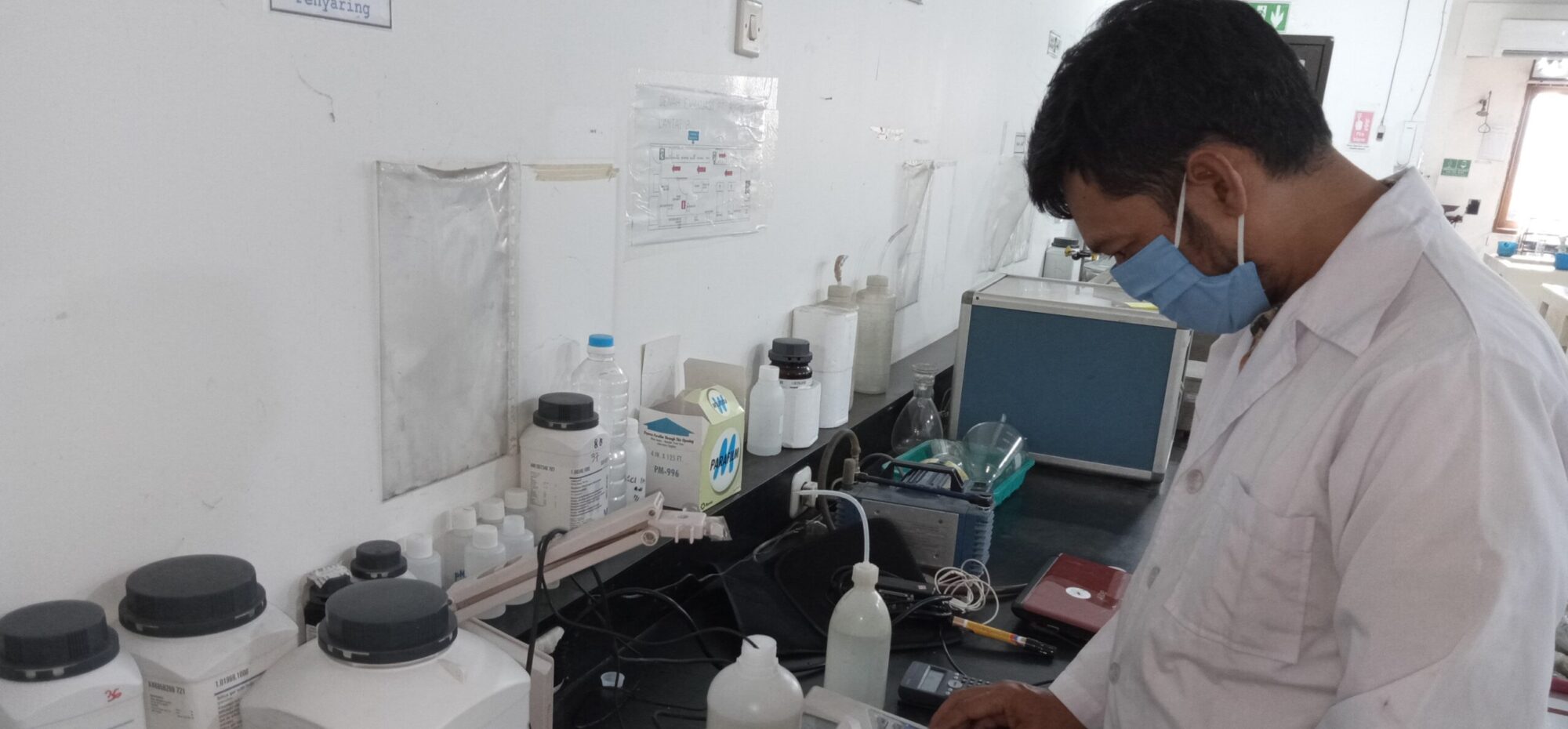Farmers need financial reassurance to support uptake of agroforestry
September 28, 2020AdministratorNo Comments
By Natasha Foote | EURACTIV.com
Sep 24, 2020 (updated: 14:27)

Seen as a “win-win” solution in terms of both economy and ecology, as well as the more obvious benefits of growing trees on farmland, such as producing timber and tree crops, agroforestation also carries considerable environmental benefits. [SHUTTERSTOCK]
This article is part of our special report New terminologies in sustainable food systems.
In a clear nod to the strategic importance of agroforestry, the term has now cropped up in both the European Green Deal, the European Commission’s roadmap for making Europe the first climate neutral continent by 2050, and the EU’s flagship new food policy, the Farm to Fork (F2F) strategy.
“The Commission will ensure that Strategic Plans are assessed against robust climate and environmental criteria. These plans should lead to the use of sustainable practices, such as precision agriculture, organic farming, agro-ecology, agro-forestry and stricter animal welfare standards,” the communication on the Green Deal reads.
Likewise, the F2F strategy specifies that “new ‘eco-schemes’ will offer a major stream of funding to boost sustainable practices, including agroforestry.”

Farm to Fork Strategy – What’s on the menu?
In this special edition of the agrifood podcast, EURACTIV’s agrifood team spoke to a range of policymakers and stakeholders to hear their remarks on the presentation of the highly anticipated Farm to Fork strategy, the new EU’s landmark food policy
Agroforestry is not always fully understood, but it can be defined as the integration of woody vegetation, crops and/or livestock on the same area of land, either via the incorporation of planting trees on agricultural land or introducing agriculture into existing woodland or orchards.
There are currently around 20 million hectares of agroforestry in the EU, according to EURAF, who estimate that close to 90% of the European grassland area could include silvopasture practices, which integrate trees, forage, and pasture, and that more than 99% of the European arable land would be suitable for silvoarable practices.
Seen as a “win-win” solution in terms of both economy and ecology, as well as the more obvious benefits of growing trees on farmland, such as producing timber and tree crops, agroforestation also carries considerable environmental benefits.
This includes contributing to flood protection, carbon capture and storage, regeneration of soils and biodiversity.
Agroforestation therefore holds huge potential for contributing to the sustainability goals and the aims of the EU Green Deal, according to Gerry Lawson, a forester and member of the European Agroforestry Federation (EURAF), who told EURACTIV that more must be done to support the uptake of the practice across the EU.

Ecological farming can be more profitable than conventional, says new report
A recent report by the government think tank France Stratégie demonstrates the profitability of more environmentally friendly farms and proposes a review of the methods of allocating CAP subsidies to encourage a green transition in farming. EURACTIV France reports.
Lawson stressed that a key barrier for farmers is that they lack guarantees that planting trees on their land will not jeopardise direct payments from the Common Agricultural Policy (CAP), either now or in the future.
“This is a real concern for farmers” he emphasised, explaining that this stems from a limitation of tree density to 100 trees per hectare in the current CAP. This limit has has made farmers wary of establishing, promoting and using agroforestry practices.
The limit was originally designed to guarantee agricultural production but it does not account for the fact that significant agricultural production can be obtained under and between trees.
However, Lawson explained that, according to a European Council working paper, in the new CAP, member states will have complete flexibility to make full direct payments on fields containing agroforestry, but that this flexibility has been poorly communicated with farmers.
“In the future, according to the proposal, member states would have the leeway to ensure agricultural area under agroforestry is fully eligible when justified based on the local specificities (e.g. density/species/size of the trees and pedo-climatic conditions) and the value added of the presence of trees to ensure sustainable agricultural use of the land,” the paper reads.
But this is something that has not yet been made explicit to farmers, according to Lawson.
“This flexibility must be made clear to farmers and reassurance must be offered that planting trees on their land means farmers won’t be financially penalised if you want to encourage farmers to engage in agroforestry,” he said.
Lawson also stressed that there were issues when it comes to proper monitoring of agroforestry in the EU.
Speaking of the Commission’s farm sustainability tool (FaST) that is currently in development, he highlighted that work must be done to ensure that the mapping tool includes the impact of farm-trees on nutrients and greenhouse gas emissions.
FaST is designed to become a world-leading platform to support sustainable and competitive agriculture based on space data.
“None of the Horizon 2020 projects for FaST include trees in their work, which means that there is a huge research gap,” Lawson said, adding that more work must be done to liaise with the EU research project to ensure that the benefits of agroforestry are properly accounted for.

EU climate plan blows hot and cold on forestry, biomass
While recognising the positive role of forests in mitigating global warming, the European Commission has riled the agroforestry and biomass industries by stating its intention of limiting growth in the sector.
[Edited by Zoran Radosavljevic]
EURACTIV’s editorial content is independent from the views of our sponsors.
Farmers need financial reassurance to support uptake of agroforestry

